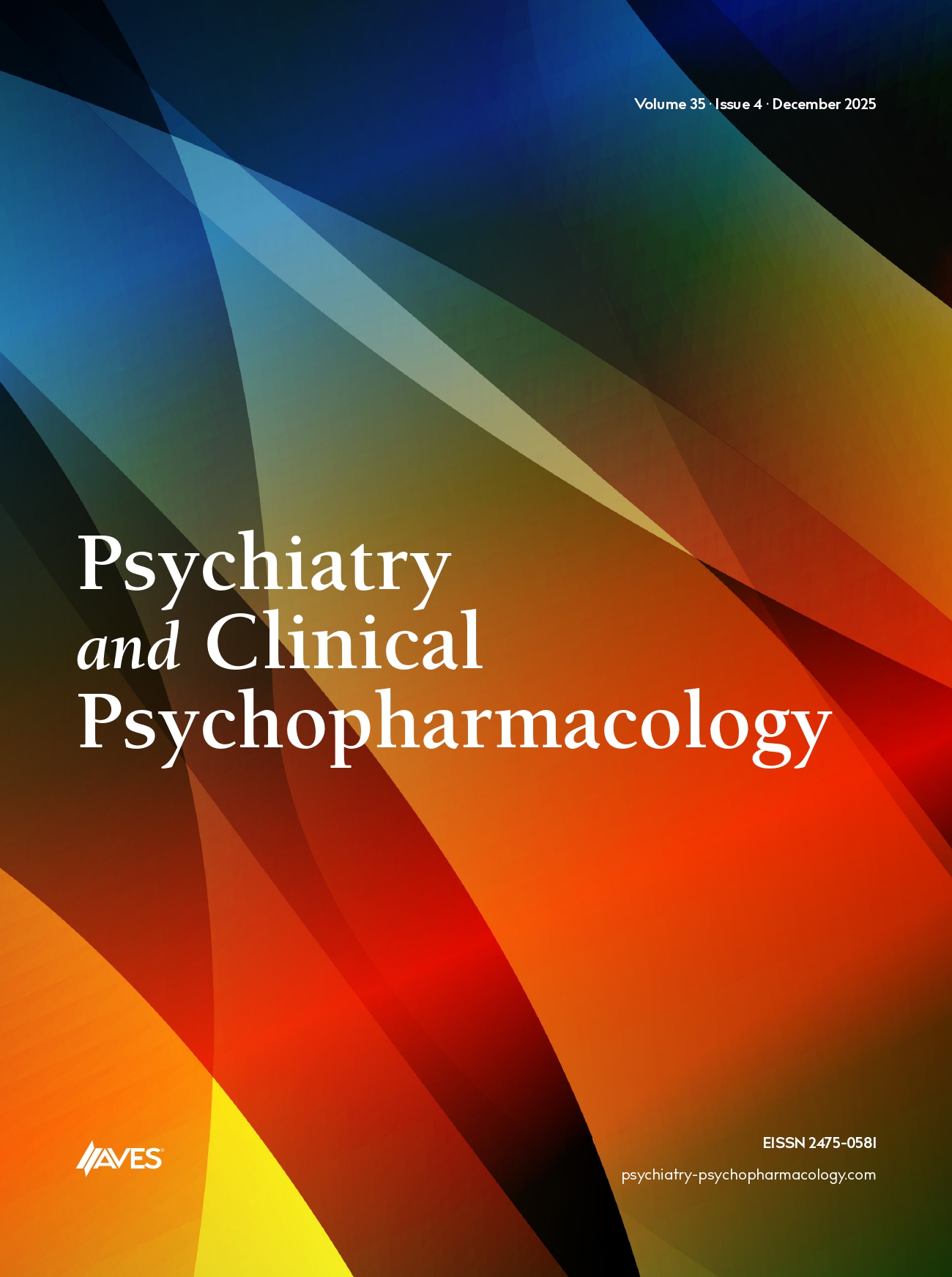Background: This study aims to explore cluttering and working memory in children and adolescents
diagnosed with different subtypes of Attention Deficit Hyperactivity Disorder (ADHD) and to compare
them with typically developing (TD) children and adolescents.
Methods: The sample included 200 ADHD participants and a control group of 49 TD participants. All
participants completed the Working Memory Scale and Predictive Cluttering Inventory-revised ). Data
were analyzed using SPSS, and Mann–Whitney U and Kruskal–Wallis tests were performed to assess
differences between the groups. A significance level of P < .05 was used for all analyses.
Results: Significant differences were observed in the Working Memory, Visual Memory, and Verbal
Memory scores across the Typically Developed ADHD-Inattentive type and ADHD-Combined type groups
(P < .001). Additionally, there were significant differences in the PCI-TR scores, including motor speech,
language planning, attention, motor planning, and total scores, between the 3 groups. The findings
indicated significant differences between the groups across all variables (p < .001).
Conclusion: The study concluded that cluttering is present in both the ADHD Inattentive and Combined
types. It is recommended that children diagnosed with ADHD undergo more comprehensive assessments
of their language and speech capabilities.
Cite this article as: Fidan ST, Sarıyer MN. Cluttering and working memory in attention deficit and hyperactivity disorder. PsychiatryClin Psychopharmacol. 2025;35(3):234-244.


.png)
.png)